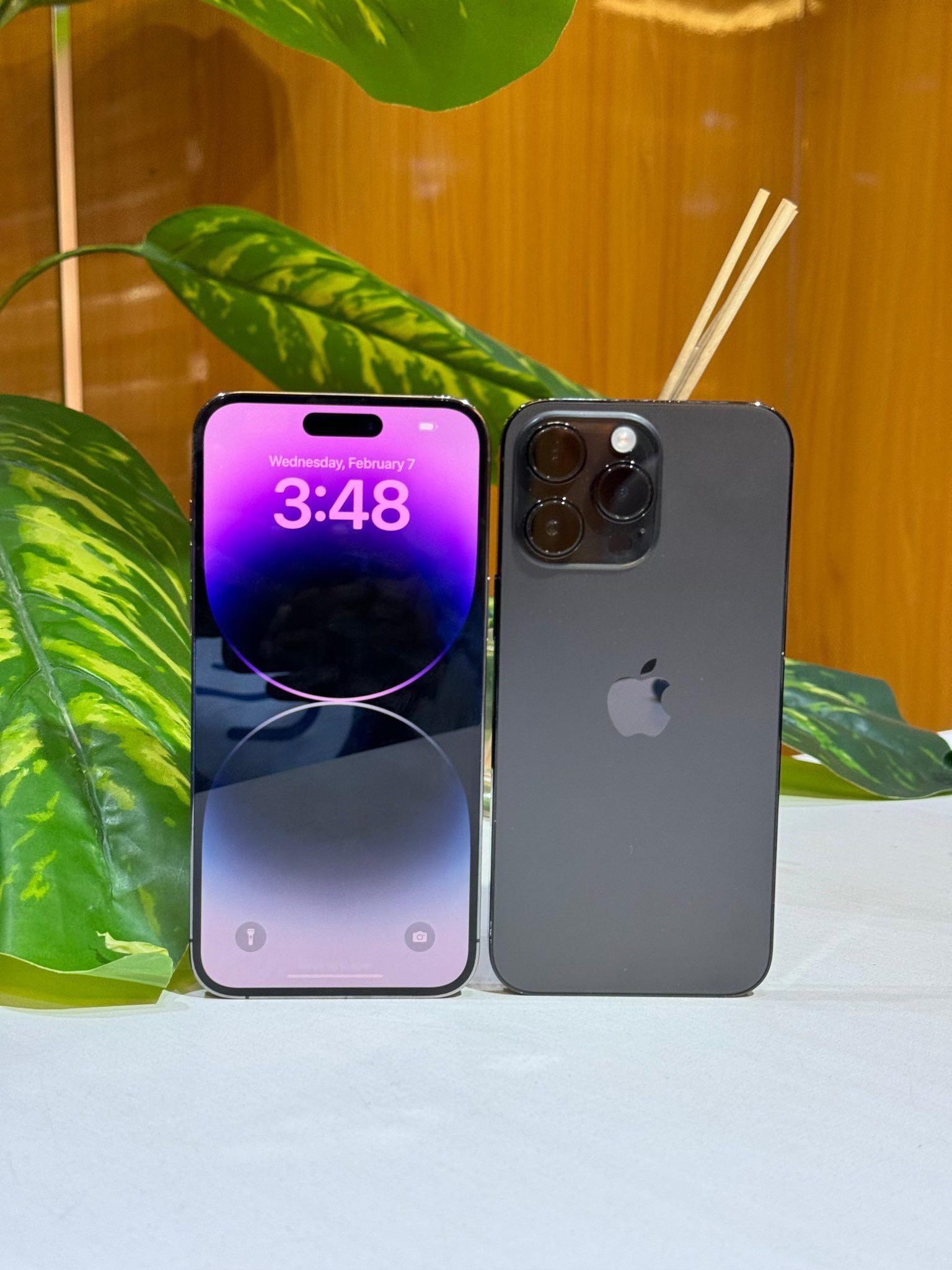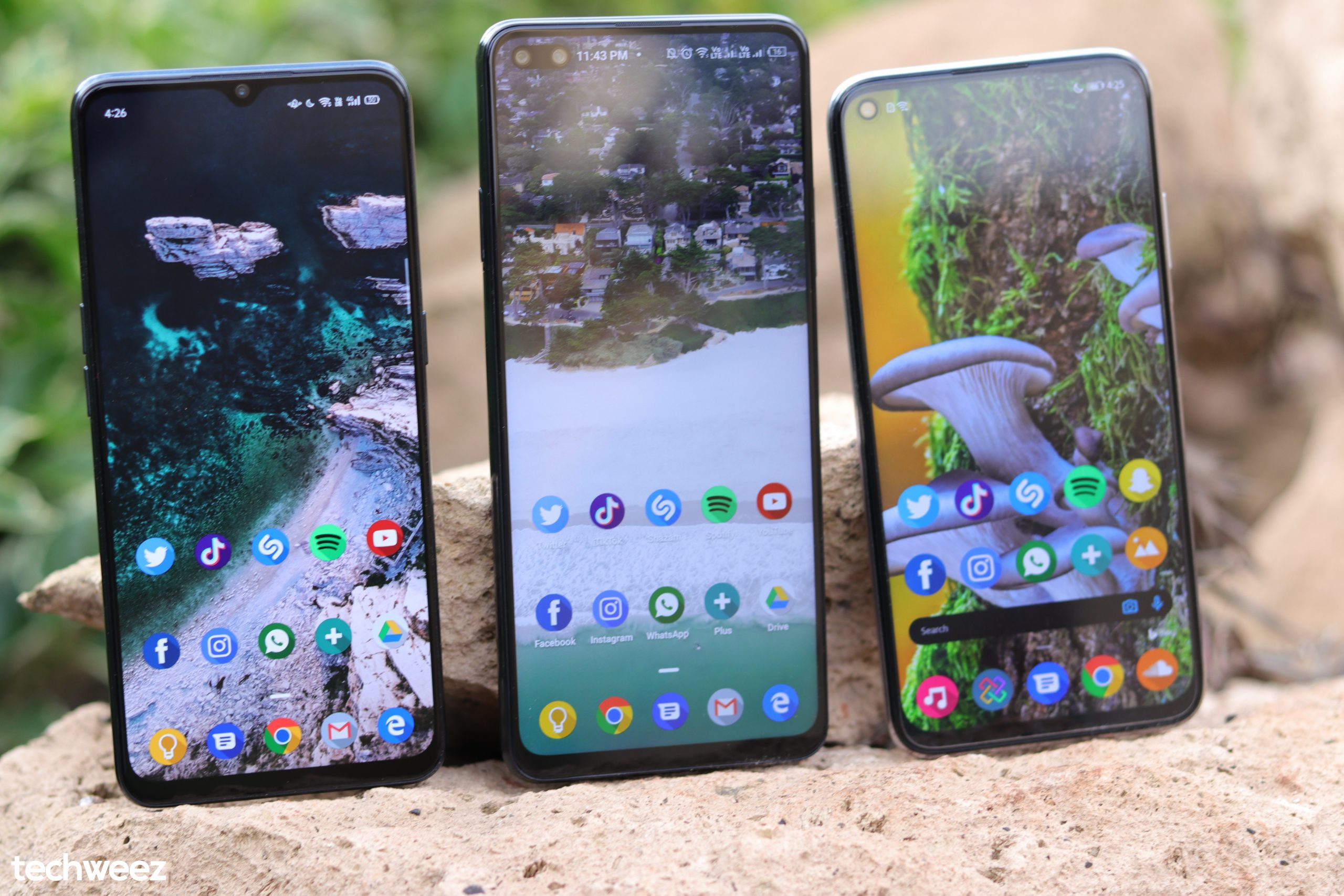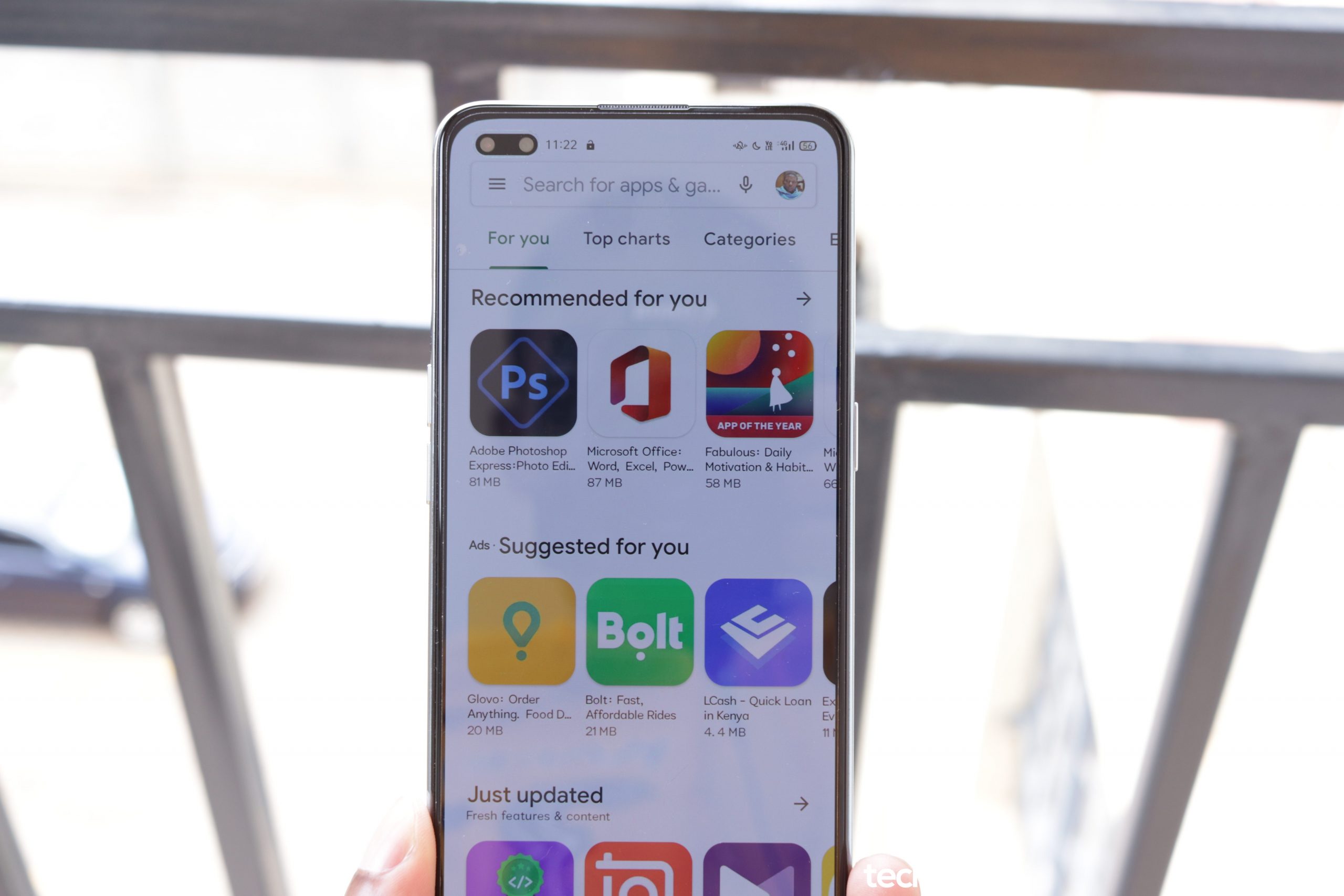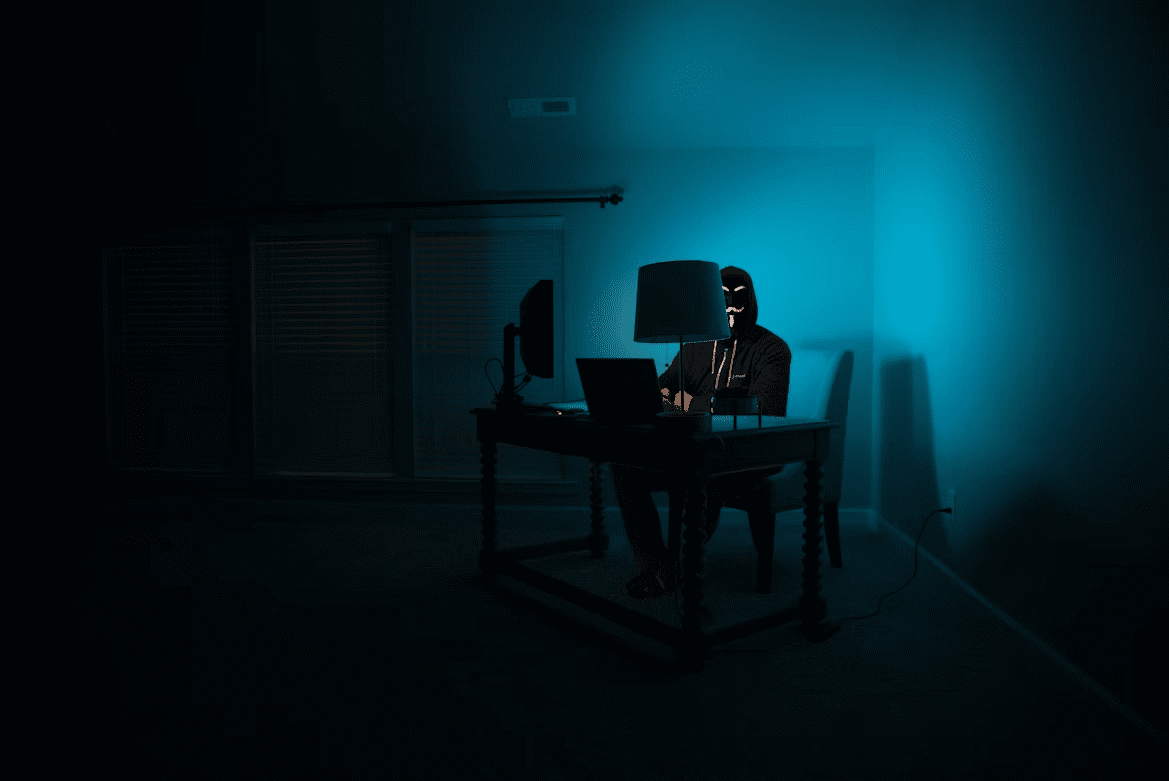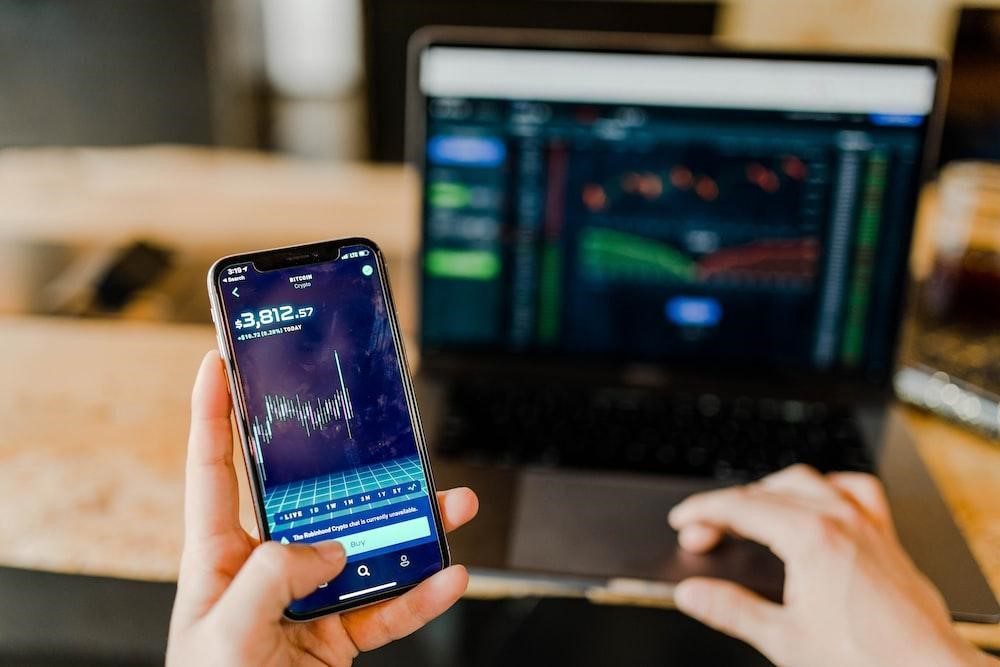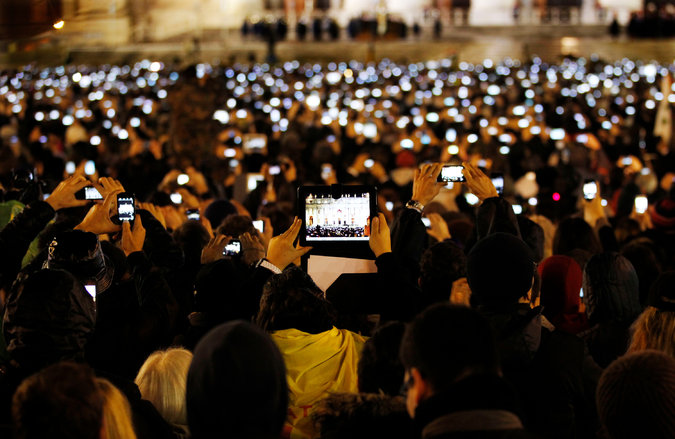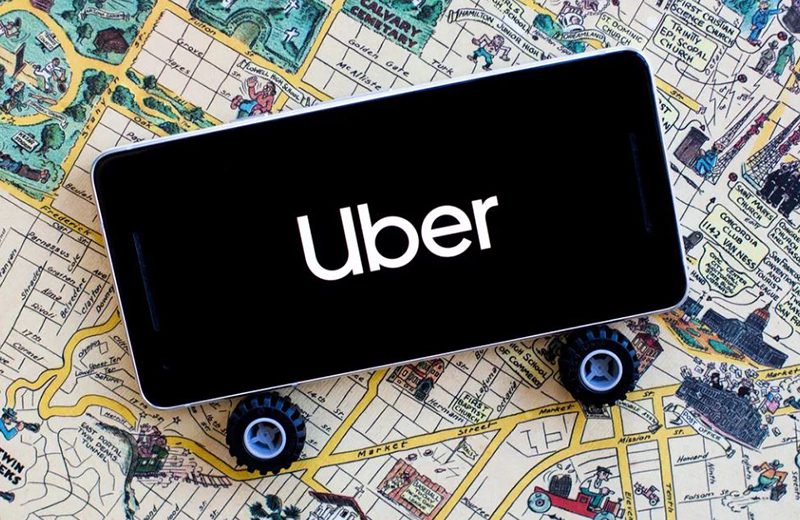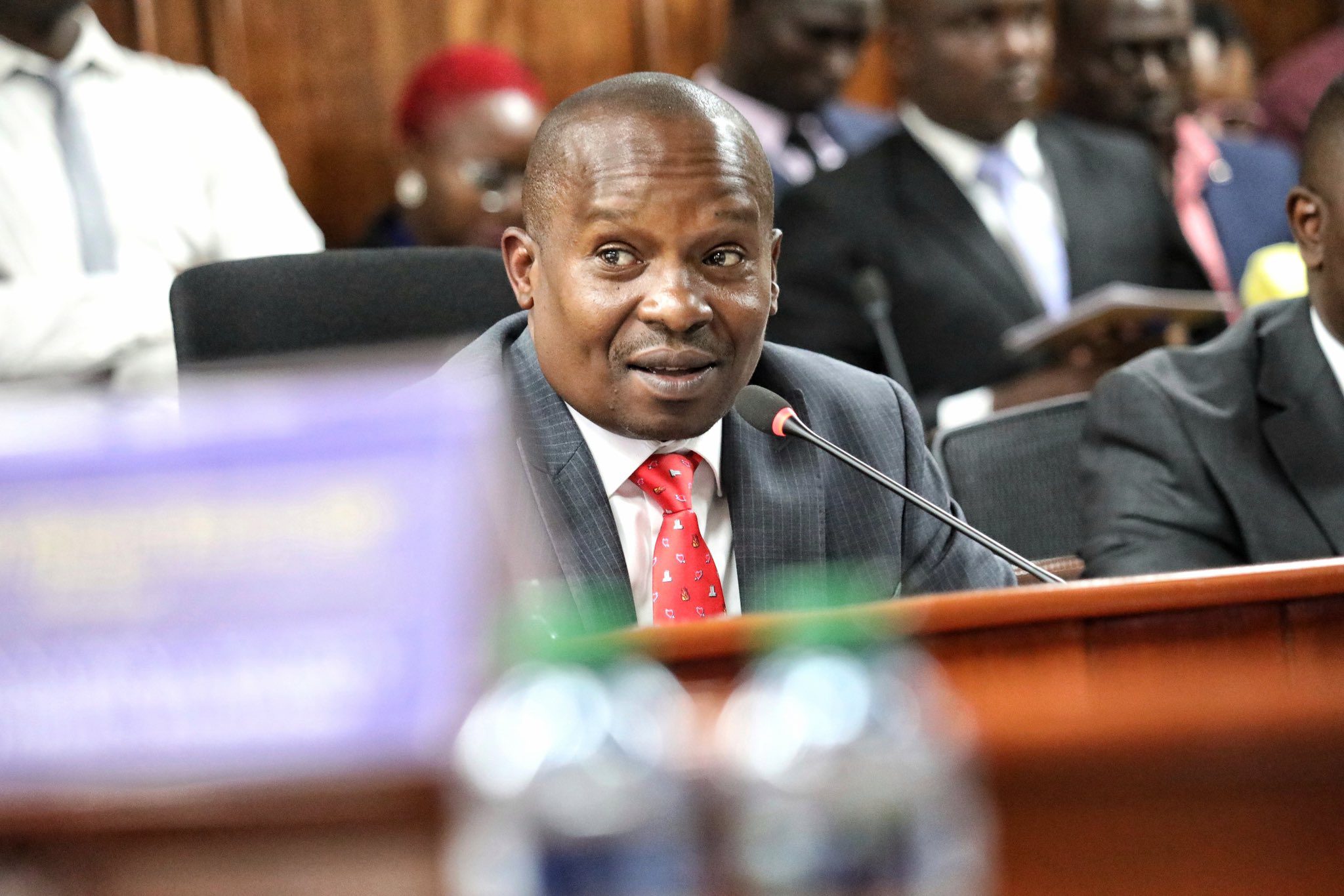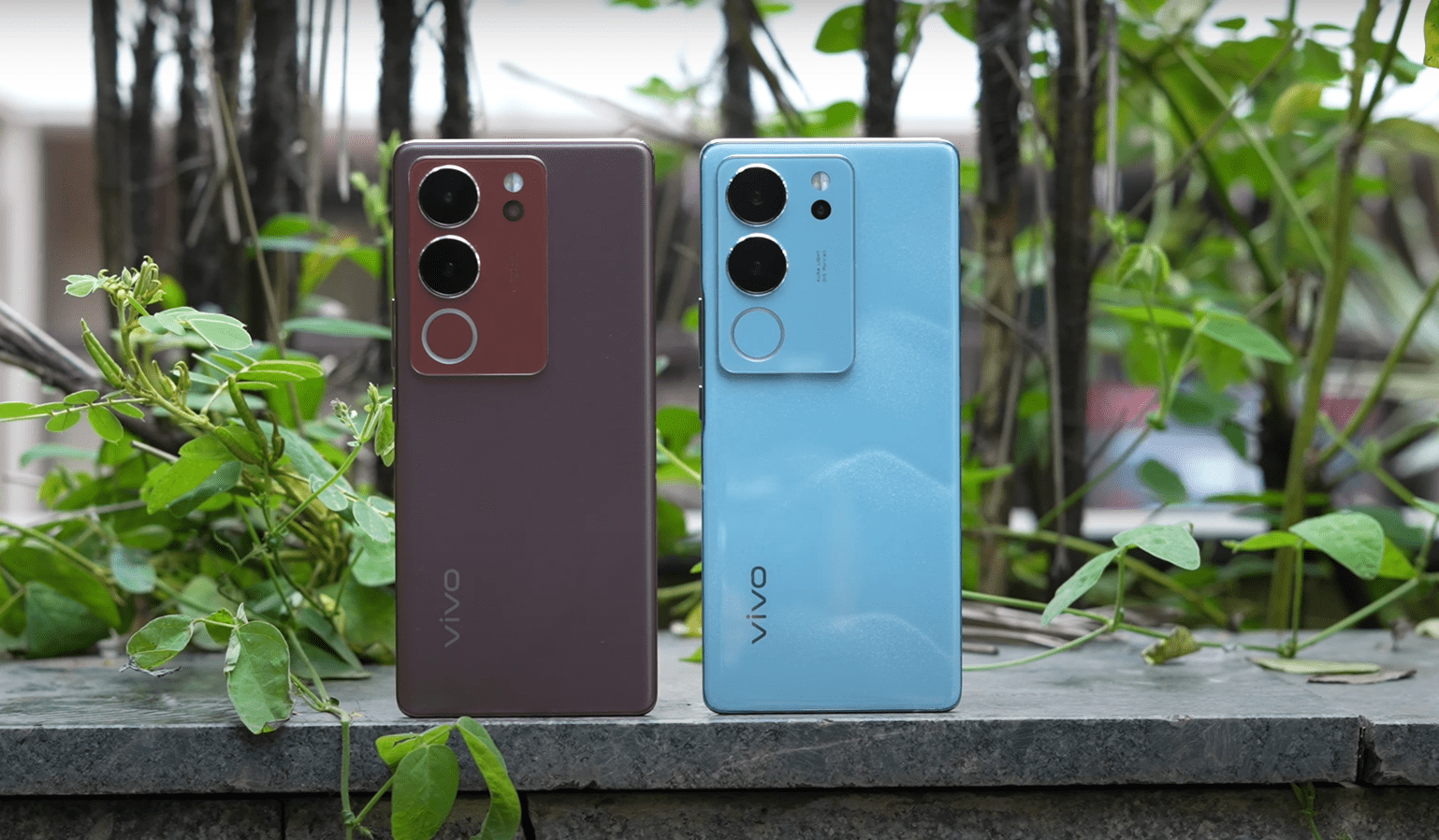Before the smartphone age, people bought tickets to concerts, met their friends and came back later with memories that were firmly engrained in their minds.
Fast forward to the current age we are living in, concerts have a different look. You will see people using their smartphones to record the moment and in some cases, we have seen people being banned from taking videos on concerts. These videos end up being shared on social media platforms and they generally have something in common: They are terrible.
Most people don’t care really about the quality of the audio or the video taken by people in this concerts. This means that it is the responsibility of manufacturers to come up with phones that can allow people to record concerts that have nice quality video or you can use these handy tips to take quality videos.
Know your camera phone’s specifications
Most smartphone manufacturers will try to woo you with the megapixel count of the cameras but that is barely scratching the surface. The six most important specifications of your smartphone camera are:
- Size of the sensor : This is usually denoted in inches where a phone like the Google Pixel has a camera sensor size of 1/2.3″ which is bigger than what is found on let’s say a Galaxy S3 which has a 1/3.2″ sensor. Generally bigger sensor means better light gathering capabilities which means better video.
- Aperture: The aperture works like the eye pupil: The wider it is, the better the light gathering properties. It is denoted in f stops like f2.0 or f`1.8 where the lower the number, the better the light gathering capabilities. For example, the Galaxy S7 has a f 1.7 aperture which lets in way more light than a Xperia Z2 which has a f2.0 aperture
- Megapixel count: It always looks like the more the better (which works when capturing detailed landscapes) but in phones, less is more. That’s why you’ve seen the market settle down for the sweet 12 megapixel mark for flagships, which coupled with large sensors means that that smartphone will capture better looking video in low light situations.
- OIS: This stands for optical image stabilization. This is a feature that is baked in phones for smoothing out handshake. If your phone has OIS, it has the advantage of taking better stabilized video which is obviously better than shaky video.
- Lenses used: Manufacturers rarely talk about the lenses used in phones but generally, more expensive phones are given higher quality lenses, that’s why their videos are better.
- Video features: Know the video features of your phone like the maximum resolution it can record. Other features like if it can take 60fps video (makes smooth video), high framerate video (120fps or 240fps to slow down moments) or if it can offer manual video settings like the LG V10 & V20 (these phones were meant for taking serious video). Smartphones nowadays can take 4K video, which is four times the quality of regular full HD (1080p )videos. However, there is a price since 4K videos are saved as 400MB/minute files and if you save them as 1080p files, they hover at the 100MB /minute. 1080p is good enough for most people and this is an option on both cheap and expensive phones.
Economics is brutal and you will find that expensive phones tend to get better videos on concerts due to better specs. However, it is recommended that you know the limitations of your phone camera so that you can know how to make better video in concerts.
The above features are important, but we have others that are often overlooked that can improve the quality of your concert videos:
Microphones
This is usually quite underrated but it can break or make your video. As you know, concerts are noisy places full of screaming fans and the sound from the stage. This usually puts a strain on the mics found on the phones. We have manufacturers that have taken this seriously like Nokia with phones like the Lumia 1520 and the 808 Pureview which had HAAC (High Amplitude Audio Capture) mics. These are phones that you might not find easily in the market and you may have to opt for others like the highly acclaimed HTC 10 mics or in some LG phones like the V20 or V10. In the case of the LG V10 and V20, you can actually set to record audio emanating from the rear or front for a better experience, which is kinda awesome.
However, if you do not have phones that have really good mics, worry not. There are third party microphones that are usually connected to the headphone jack to record quality audio. You can get these from online retailers like the well rated Rodeo mic or other cheaper alternatives.
Lighting
This is also an underrated hack. Smartphone cameras don’t have big sensors like the ones found on dedicated cameras like DSLRs and this means they struggle a lot with low light. The sad thing is that a lot of concerts happen at night and this usually leads to people sharing concert videos that are a muddy mess which is understandable due to the obvious limitations.
However, if you are lucky to be in a position where there is good lighting, like being near the stage, you can capture video that is not a grainy mess as compared with someone who is in a poorly lit concert.
Avoid digital zoom as much as possible
Again thanks to the limitations of smartphone cameras, integrating optical zoom found on dedicated cameras is a challenge. We have seen phones that feature optical zoom like the Asus Zenfone Zoom.
However, all phones feature digital zoom which is a bad way to zoom to a subject. It leads to cropping of the image or video resulting in a blurry mess. This might change in the future thanks to Apple paving the way with their clever implementation by using two lenses with different focal lengths or by Oppo with their periscope optical zoom thing.
This hack only benefits people close to the action since they usually don’t see the need to zoom, but for people at the back, zooming might be a necessity. If you really really REALLY need to zoom, you can buy telephoto lenses for smartphones that will allow you to have “optical zoom” so that you can record the action closer without much degradation.
